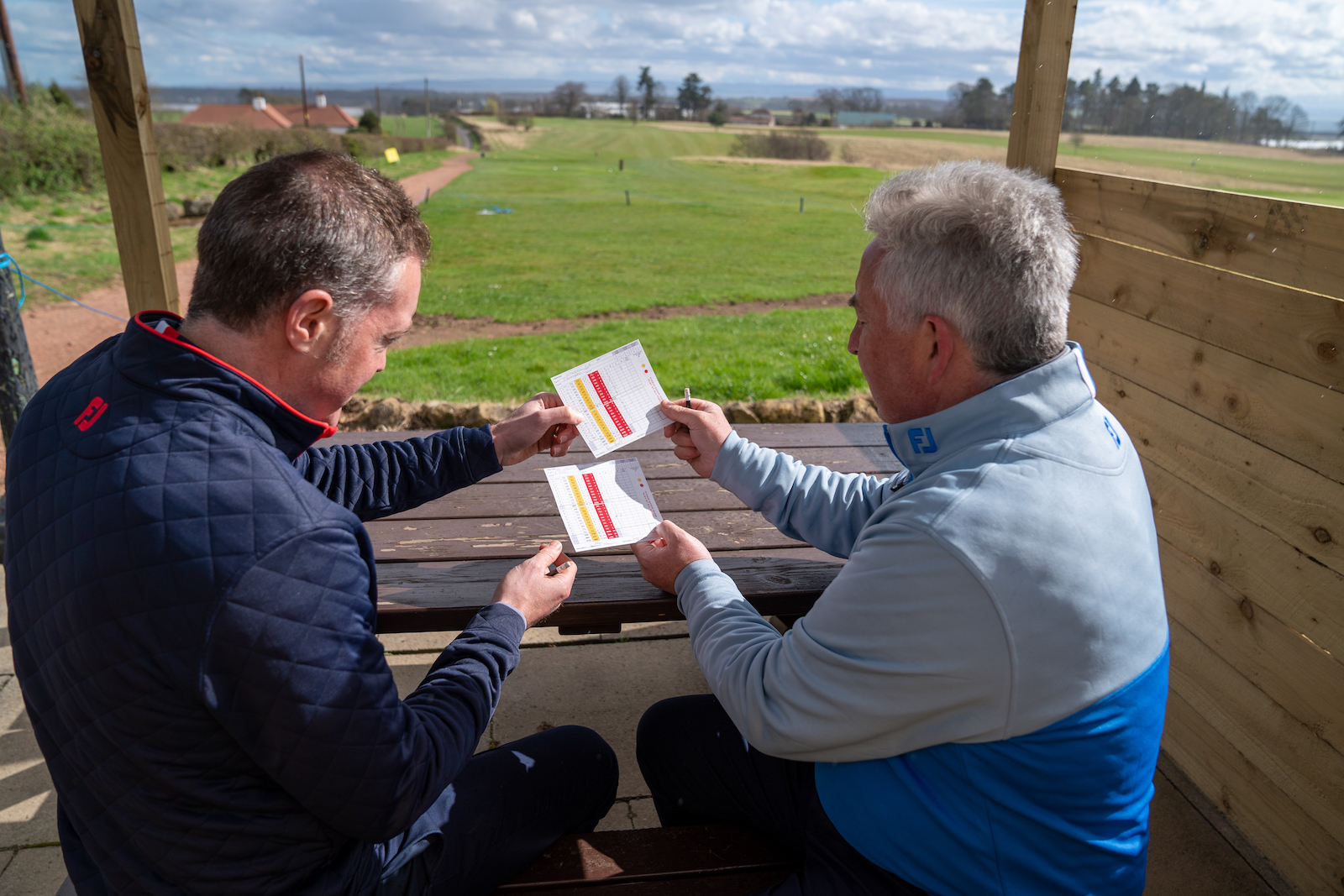Should You Be Able To Blob A Hole In A Medal?
One nightmare hole can ruin a medal round so is there any way you might be able to blob a hole in a medal and still be able to compete?


I had to do a bit of a doubletake when I was commissioned to write this particular article, for my initial thoughts were that surely every true golfer would come up with the same answer – a resounding ‘no’. But there are arguments and reasons on the other side (plus the permitted Maximum Score format) that are worth exploring and addressing, too, so here goes…
Medal play has always been about getting it round in the fewest number of strokes, warts and all, and obviously the only true way of doing that is to complete every hole. How else would you decide a winner? The only remotely conceivable alternative would be to cap the maximum score on each hole. Once you reach the agreed number, you stop counting (and playing) on that hole and just write that score down, more on which in a moment.

You can blob a hole in a Stableford and still compete, but not in a medal
Ah, I hear you say – isn’t that exactly what we do in a Stableford via the nett double bogey adjustment? Correct! A nett double bogey scores you zero points on a hole the same as a nett quintuple bogey does, so once you go beyond a nett double bogey there’s no need to continue on that hole. That is precisely why Dr Frank Stableford devised his ingenious alternative scoring system all those years ago – so that one bad hole (especially early on) didn’t have the capacity to derail things completely.
Interestingly, the current Rules of Golf do allow Maximum Score stroke play competitions that aren't Stablefords under Rule 21.2, primarily for scratch competitions but it can be adapted for handicap competitions too. But many golfers won't know about this because, as far as we're aware, very few clubs have chosen to adopt it for any of their competitions. For those rare competitions being played under the Maximum Score rule, you could blob in a medal and still compete.
Then it’s worth pointing out that for handicap purposes, you can effectively blob a hole in a medal not being played under Maximum Score format because the World Handicap System also uses the same nett double bogey adjustment as Stableford in its calculations. For handicap purposes only, the worst you can achieve on any one hole is a nett double bogey. What you can’t do is actually compete in or win the competition if you have a blob on your scorecard when Rule 21.2 is not in force (the overwhelming majority of medal competitions!).

Going back and playing again under stroke and distance is your only option if you lose a ball in a medal but want to remain in the competition
I guess the topic of pace of play then rears its ugly head. Surely having to go back and play again from the tee or wherever is not to be encouraged in an era when many are concerned about how long rounds of golf are taking? Well, no, but that is exactly why the provisional ball rule exists, so if you fear you may not find your original ball, you can switch to the provisional ball you will hopefully have played for the very purpose of avoiding that long, time-consuming walk back.

If you want to keep going in a medal always play a provisional ball when you've hit it offline
We need to retain a pure form of the game, and medal play is that pure form, where there’s no Stableford-style hiding place and every shot you hit counts. If medal play always offered some kind of nett double bogey adjustment, not only would it effectively just be Stableford by another name, but it would also have meant that when Jean van de Velde finally found the green with his bunker shot on the 18th at Carnoustie in 1999, he needn’t have worried about that seven-footer to make the play-off. He could just have picked up his ball, marked himself down for a six and walked off to collect the Claret Jug… which I think we all agree would have been most unsatisfactory, especially Paul Lawrie.
Subscribe to the Golf Monthly newsletter to stay up to date with all the latest tour news, equipment news, reviews, head-to-heads and buyer’s guides from our team of experienced experts.
So let’s just nip this one firmly in the bud by repeating that loud resounding ‘no’ from the opening paragraph.

Jeremy Ellwood has worked in the golf industry since 1993 and for Golf Monthly since 2002 when he started out as equipment editor. He is now a freelance journalist writing mainly for Golf Monthly. He is an expert on the Rules of Golf having qualified through an R&A course to become a golf referee. He is a senior panelist for Golf Monthly's Top 100 UK & Ireland Course Rankings and has played all of the Top 100 plus 91 of the Next 100, making him well-qualified when it comes to assessing and comparing our premier golf courses. He has now played 1,000 golf courses worldwide in 35 countries, from the humblest of nine-holers in the Scottish Highlands to the very grandest of international golf resorts. He reached the 1,000 mark on his 60th birthday in October 2023 on Vale do Lobo's Ocean course. Put him on a links course anywhere and he will be blissfully content.
Jezz can be contacted via Twitter - @JezzEllwoodGolf
Jeremy is currently playing...
Driver: Ping G425 LST 10.5˚ (draw setting), Mitsubishi Tensei AV Orange 55 S shaft
3 wood: Srixon ZX, EvenFlow Riptide 6.0 S 50g shaft
Hybrid: Ping G425 17˚, Mitsubishi Tensei CK Pro Orange 80 S shaft
Irons 3- to 8-iron: Ping i525, True Temper Dynamic Gold 105 R300 shafts
Irons 9-iron and PW: Honma TWorld TW747Vx, Nippon NS Pro regular shaft
Wedges: Ping Glide 4.0 50˚ and 54˚, 12˚ bounce, True Temper Dynamic Gold 105 R300 shafts
Putter: Kramski HPP 325
Ball: Any premium ball I can find in a charity shop or similar (or out on the course!)